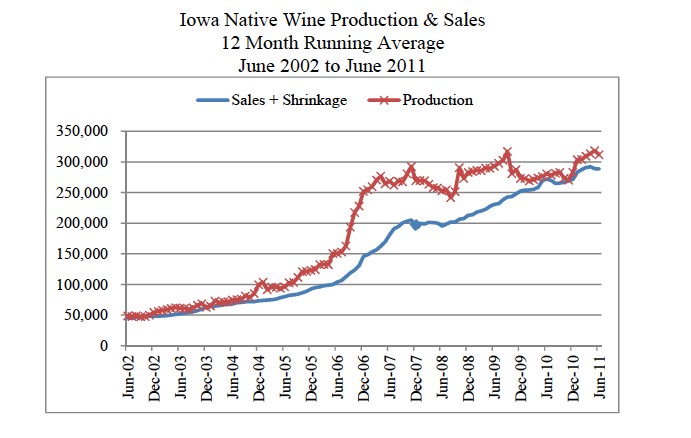Six Steps to Great Winery Customer Service
One of the student projects I assign for my Viticulture Enology Science Technology Alliance (VESTA) Tasting Room Management class is an evaluation of a winery tasting room. The number one area my students say needs improvement in wineries is customer service.
Wineries are popping up everywhere, and for a customer who has a bad service experience, there is always another new winery to visit. According to “Right Now Customer Experience Impact Report 2011,” 89% of consumers will defect to a competitor following a poor customer service experience.
Delivering remarkable service that sets you apart from the competition will make your business stand out and result in increased revenue. According to research done at Cornell University by assistant professor Miguel Gomez, a satisfied customer is likely to spend an additional $10 buying an extra bottle of wine and is more likely to re-purchase wine in the future.
Several years ago, after attending customer service training with Zing Train, a consulting company specializing in customer service training, merchandising, and leadership based in Ann Arbor, Michigan, I adopted their philosophy in my winery customer service training workshops simply because their system works.
Here are six steps, some from Zing Train, that can be used to improve the quality of service in your winery:
1. Hire nice people. In an interview for a tasting room position, the applicant should smile within the first 30 seconds of the interview. Zing Train has a 5-90-5 rule for hiring customer service staff. The rule works like this: Out of 100 people interviewed for customer service jobs, 5% are naturally gifted at giving great customer service. Then there are the 5 % of interviewees who will never understand customer service and should not be hired. Lastly, are the 90 % of potential employees who are trainable. To build a culture of great service, concentrate on this coachable “90%” group.
2. Teach your staff what great customer service looks like. Great service makes our business special and keeps customers coming back. There are many great books on teaching customer service. I highly recommend ‘Zingerman’s Guide to Giving Great Service” by Ari Weinzweig.

3. Define what customer service looks like in your business. Give your staff an inspiring vision of what you expect. It helps to think of great service as three simple steps: figure out what the customer wants, get it for them, and then go the extra mile. At Zing Train we learned a simple ’10-4 rule” for greeting customers. First, acknowledge the guest at a distance of ten feet by nodding your head, waving, making eye contact, or smiling. When the guest is 4 feet away, engage them in conversation. This rule can be used when ringing out a guest at the register: simply look up at the new guest, smile, and say, ‘We will be right with you.”
4. Handle customer complaints immediately. Customers who have complaints just want to be listened to. Since their primary interest is having their concern acknowledged, a simple, short phrase like, ‘I can see why you are upset,” often has a calming effect. Then sincerely apologize and don’t make excuses. Saying, ‘I’m so sorry you were frustrated,” will usually suffice, and the level of frustration drops immediately.
Next, fix the problem for the customer. This requires an empowered staff and a set of guidelines that can be followed to do the right thing to make a guest happy. If the problem is a corked bottle of wine, just replace it. ‘I’m so sorry. Here is another bottle for you to enjoy!”
The final step when handling complaints is to thank the customer for sharing that they were unhappy.
5. Understand customer service in the social media arena. Today, customers can share a positive or negative experience in seconds. Monitor social media chatter and be prepared to respond to negative comments immediately. There are many free tools to help monitor your brand socially. Here are a few: Google Alerts (online mentions), SocialMention (social media), TweetDeck (Twitter) and Technorati (Blogs). A great book to help you navigate customer service in social media is ‘Customer Service, New Rules for a Social Media World” by Peter Shankman.

6. Reward your staff. The folks who are on the front lines every day delivering great service need to be told what a great job they are doing. Hand write notes or verbally recognize their attention to great service. Other ways to recognize employee achievement are monthly service awards, winery logo t-shirts, or a lunch gift certificate to a local restaurant for the person who gives great service.
Great customer service should be a way of life. It should also be a part of your business’s culture. Remember, happy customers will buy more and will return again.
For more information on customer service tips and training please visit www.pattyheldconsulting.com.
[wp_geo_map]



